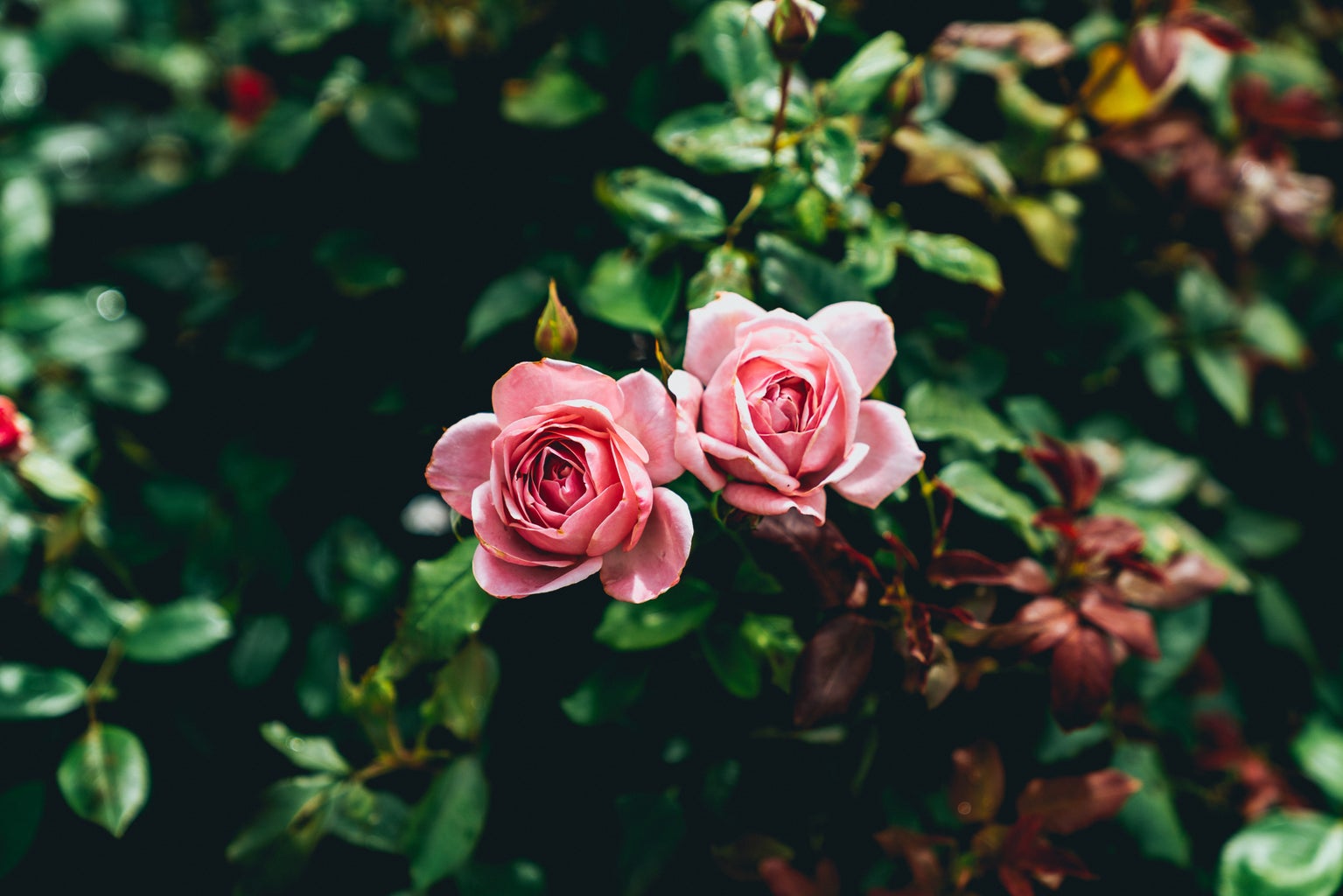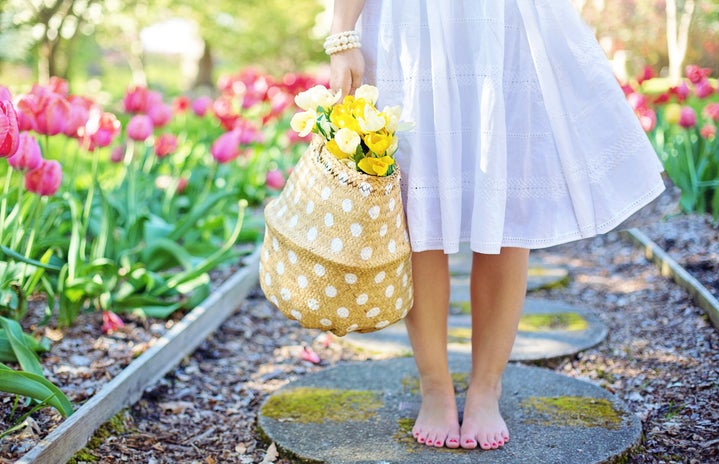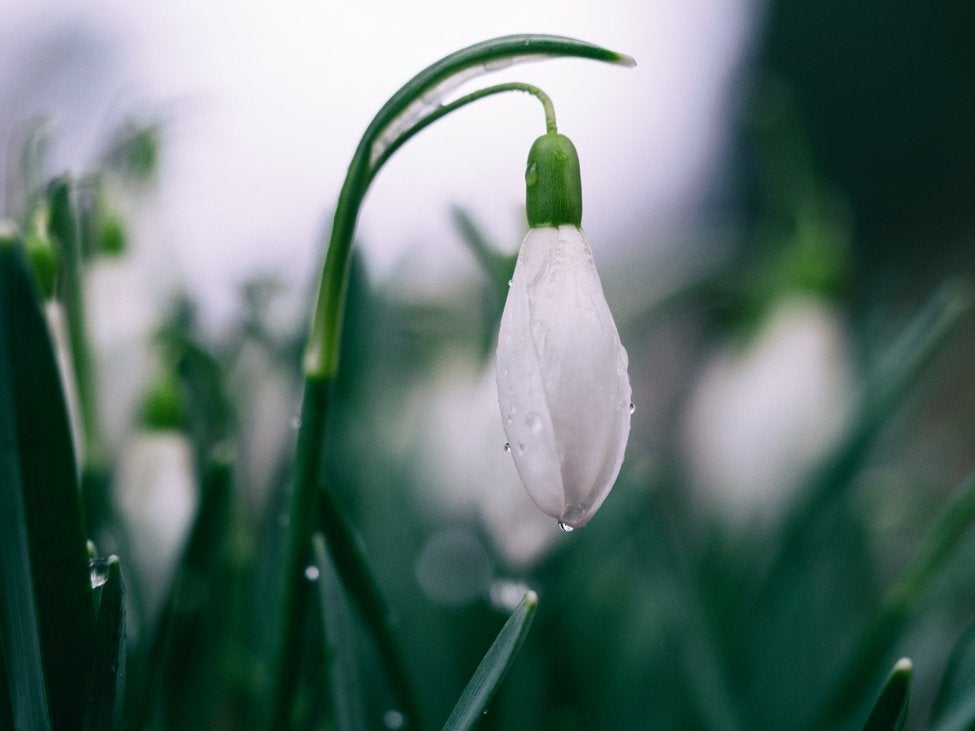Spring is officially here! Over the last month or so we have been experiencing some very nice warm weather. Trees are starting to bloom, and annuals are beginning to sprout up from the ground again. As a science student, I must be honest, it worries me a little that we’re having mild winters and early springs. As a Spring enthusiast, it makes me happy to see! Typically, now is the time to start planning what plants I want in my garden as they need to be planted soon. It can seem daunting, but once you have a plan and the basics sorted out, creating the garden of your dreams is more than likely achievable.

Before deciding what you would like to grow, it is important to check your hardiness zone. Hardiness zone helps to determine minimum and average temperature and precipitation ranges. It is important to know your local hardiness zones to ensure the plants you plant will successfully flourish. You wouldn’t want to grow a cactus in a climate that is just below freezing and rains everyday?
Once you learn what your hardiness zone is and what plants are suitable for growing, you need to determine what plants you would like to grow. There are a multitude of factors to consider such as how much light your yard or balcony gets everyday, and where you will be planting the plants. Additionally you should consider how much maintenance they need, and if you have any pets or animals that the plant could harm. You can choose to grow your plants in window boxes, planters, or even directly in the ground. Another thing I like to consider when selecting my plants for the year is the pollinators in my area such as bees,butterflies, and birds. If this is your first time growing plants in your garden, I suggest only picking a couple of plants to start; you don’t want to spread yourself too thin.

If you decide to start your plants from seed, now is the time to start. For most hardiness zones, it is suggested that you begin to germinate and sprout your seeds between March and April, depending on the type of plant. It is also best to begin the seeds in shallow planters or soil pellets inside rather than outside. You do not need a fancy setup with lots of equipment! I typically germinate my seeds in paper towels and then allow them to sprout and grow in egg cartons with dirt and fertilizer; it’s that simple! Once the seeds have sprouted and are growing well, you can transfer them to an outdoor bed if you wish.
If you don’t have a green thumb but still want a beautiful luscious garden, you can always go to your local greenhouse or outdoor store and buy some. It would be best to wait until a bit later into spring, perhaps May, before you purchase plants. When shopping, I always try to avoid any plants that may have heavily damaged stems and leaves. I also try to make sure the roots are good and not rotting. When I buy plants, I try my best to pick up ones that aren’t fully bloomed. That way the flowers will last longer once they open! My last tidbit is to be aware of the size of the plants. As much as I’d love to get a fully grown potted plant, getting the same plant at a smaller size will be a fraction of the cost!




